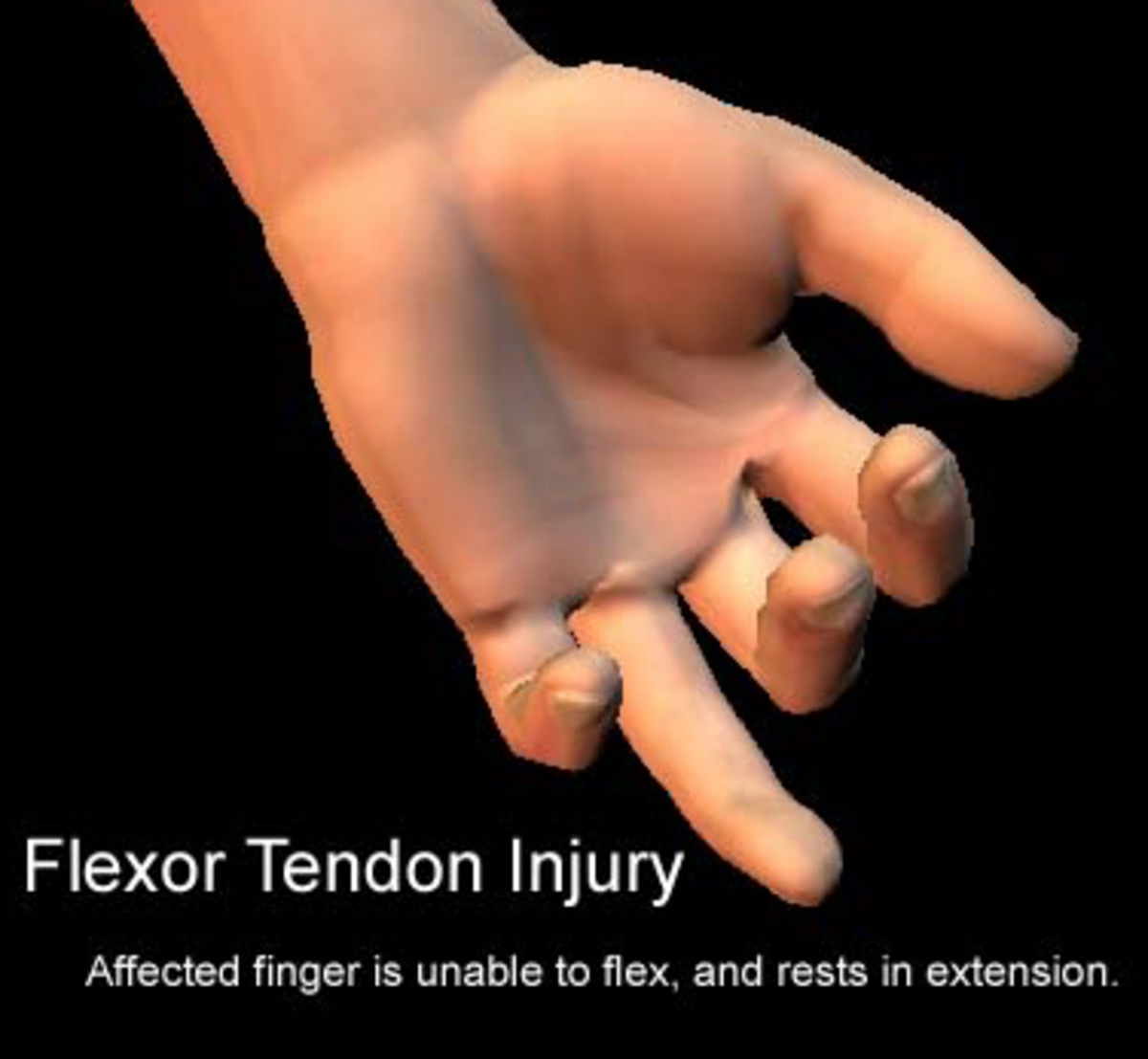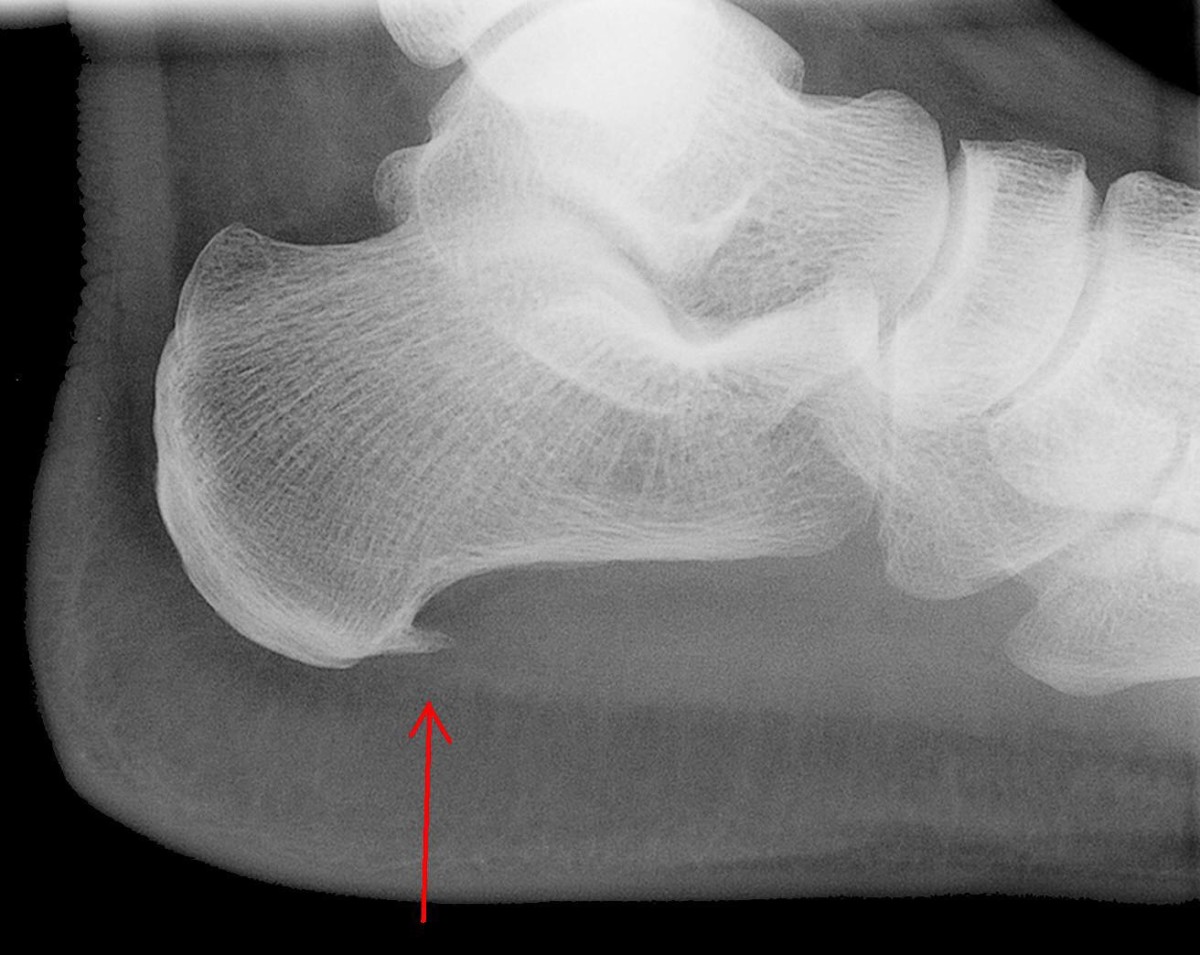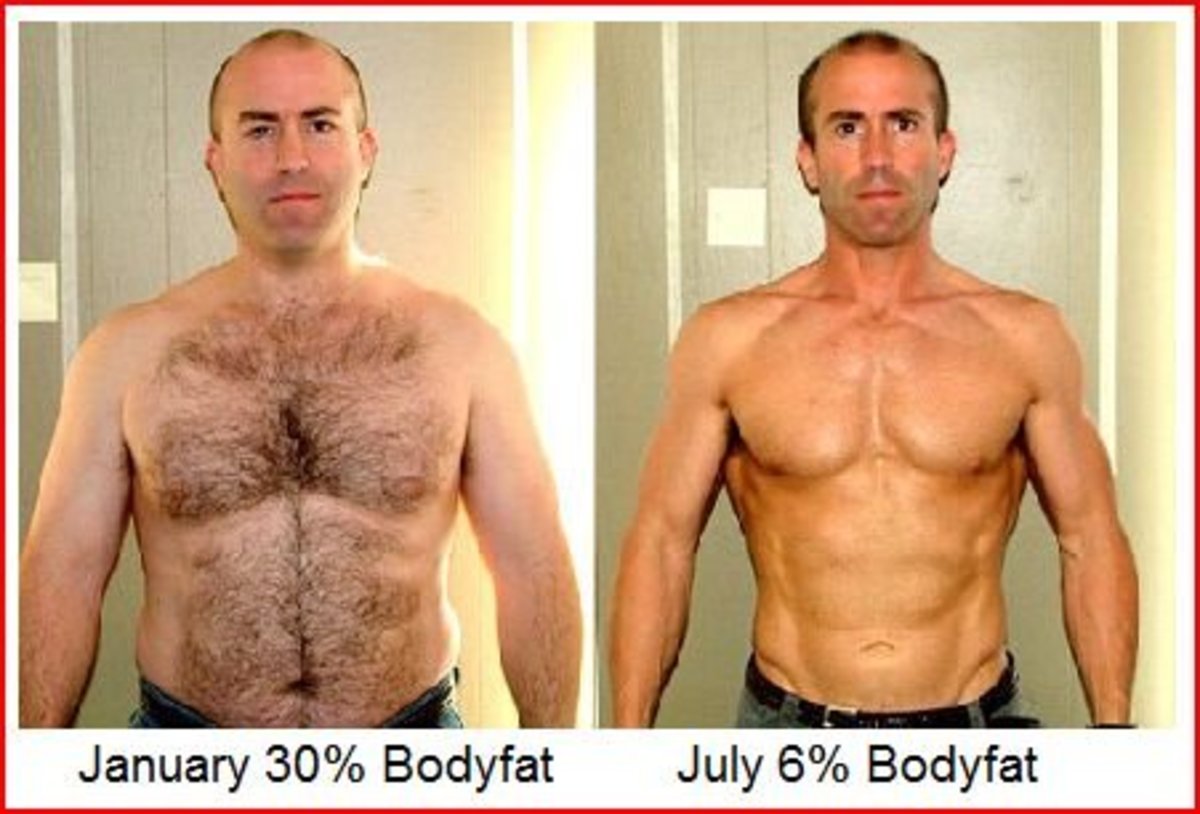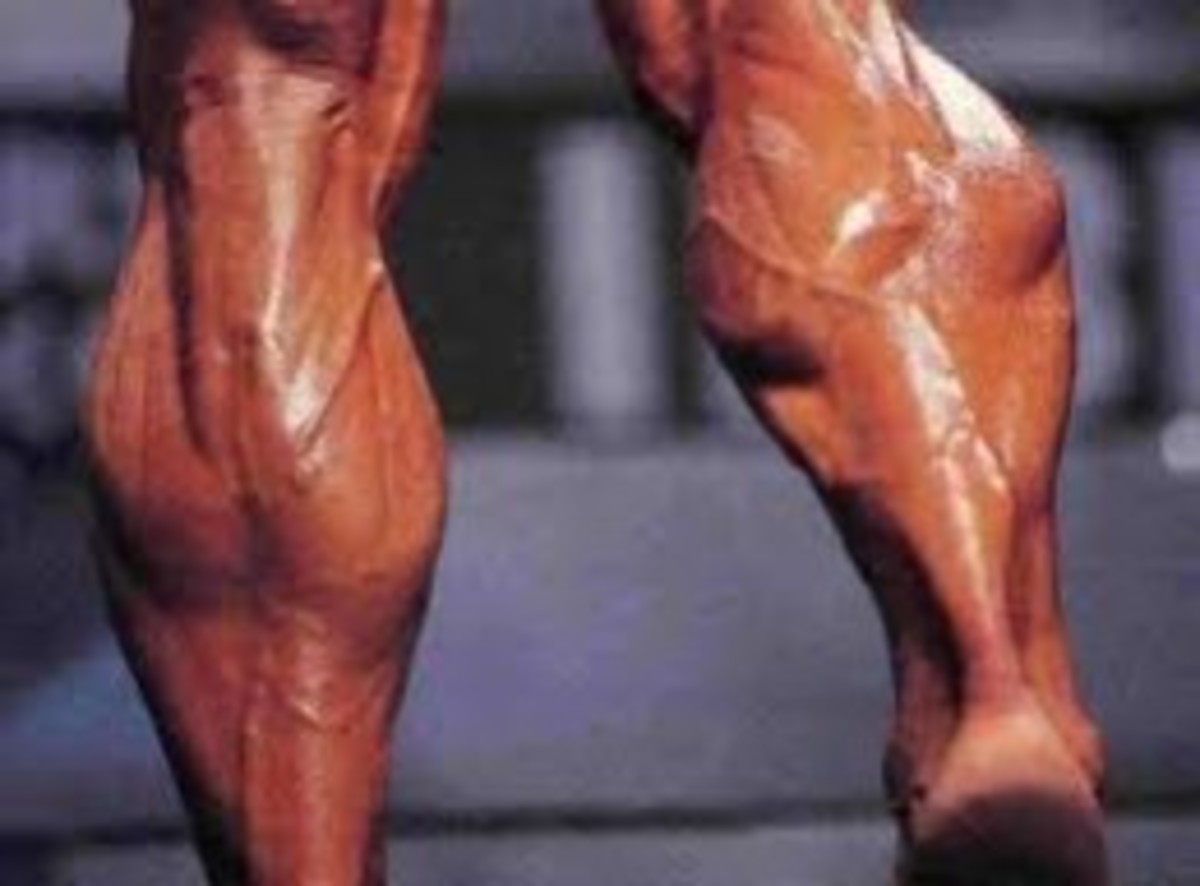Why We Fat Middle Aged People Get Injured During Exercise, And How To Avoid Injury
Getting In Shape Without Getting Hurt
How can a fat, middle-aged person get in shape, without getting injured? Have you ever started trying to get in shape, and just when it seemed you were making some progress, you pulled a muscle, or your knee started to hurt? It happens all the time, and it sabotages our efforts.
It is possible to get in shape without getting injured, and I am going to tell you how to do it.
It helps to understand just why we get injured in the first place. You may have seen a pro football player get slammed into, thrown to the ground, trampled on, and be carried off the field. Those are not the kinds of injuries I am talking about today. Those are not much different from being hit by a truck! That much force applied to your body will hurt it. What I am talking about are what are commonly called overuse injuries, and also acute injuries like pulled muscles, that occur during normal exercise.
By the way, click here for one of the best web sites on the net for information on sports injuries.
To avoid getting injuries it helps to understand a bit about why we get injured. Think about your typical athlete, and compare him or her to your average desk jockey. The athlete can do amazing things, and keep on doing amazing things for hours. An elite marathon runner can run at 5 minutes a mile for 26 miles. Most of us can't run that pace for two hundred yards. If we were forced to keep that pace up, we would either collapse from a severe injury, or maybe even die from a heart attack.
How can the athlete do this? Or, better, why can't we? Why do our bodies blow out, our calves get pulls or we get tennis elbow? Of course, athletes do get injured, but it is usually when they are straining in a fierce competition, or during unusually severe training. In other words, athletes get injured when they are going beyond what their bodies are accustomed to. An elite marathon runner could jog along at seven minutes a mile for hours and hardly feel the strain. But make him attempt one mile in four minutes and he might get injured.
Lets suppose we follow the rules we all know, start off at an easy pace, and very slowly, gradually over the course of weeks or months build up our exercise level until we start feeling good about it. We do our warm-up and stretching like we are told. We do everything right. The exercise stops being hard and becomes free and easy, fun. That is the danger point! That is exactly the point where you are most likely to get injured, when you feel good.
Why this is has to do with how our bodies respond to the stress of increasing levels of exercise. Suppose you are a fat, middle-aged guy who decides he wants to get back to being as fit as he was in high school. (Okay, so we know that isn't going to happen, but still...) Maybe you are so out of shape that just climbing one flight of stairs makes you puff. Any increase in exercise is going to improve your fitness. Any . Your body adapts perfectly to the level of exercise it is used to getting. Adding one hundred steps to your daily routine will add a tiny bit to your fitness level, if you keep it up. Your body will adapt.
But. Your body is made up of different types of tissues. Some adapt faster than others. Your muscles and your lung tissues are high-energy, rapid turn-over systems. They adapt fastest. When you start to walk, and then jog, your muscles and lungs immediately begin to strengthen. Within just a week or two you will notice that what was hard, is now getting easy. That added flight of stairs doesn't make you puff, and your heart doesn't beat hard any more. Your body is adapting.
Muscles are easy. They adapt and get stronger fast. And that is why you get injured. Your lungs adapt fast too, pulling in more oxygen, your heart (a muscle) is getting stronger, your leg and arm muscles are getting stronger. The muscle cells are swelling as they add new tissue. Muscles adapt and grow fast.
Tendons and ligaments adapt and grow slowly. Very slowly. Your body adapts perfectly to the level of exercise it is used to. I said that above, and I'll say it again. Your body adapts perfectly to the level of exercise it is used to. If your body is used to you sitting at a desk or on a sofa all day every day, then all systems of your body adapt to that level. Not just your muscles will be weak, your heart, lungs and everything else is too. Even your bones, ligaments and tendons.
Think about it. This is why African athletes kick our butts so bad at running. Kenyans and Ethiopians have been beating us for so long we hardly even notice it any more. But why? These are not the city kids from Africa beating us. Kenyan city kids do not become the great runners. The ones we see on TV are the kids who grew up poor and in the country, herding cows and goats.
In other words, their entire lives, from when they first learned to walk, were spent chasing after semi-wild animals. It isn't just their hearts and lungs and muscles that are strong. Every part of their bodies is adapted to day-in day-out running. So when they get on an elite training program, it isn't that different from what they spent their entire lives up to that point doing already. Their bones, tendons, ligaments are all strong, all in balance with each other.
So, I get up from my desk and start a jogging program. All is well. My legs get stronger, my heart pumps more blood, my lungs breath deeper. The change is fairly fast, I notice it in just a week or two. But deeper in my body, other changes are slow. Exercise strengthens bones, but it takes months for any big change to occur. Bones are also an active tissue, like muscles, but they adapt more slowly. Even worse are the connective tissues, the ligaments and tendons.
Tendons attach your muscles to the bones, and ligaments attach bone to bone. These tissues are strong, but they don't normally have to grow or change much. They grow very very slowly, and they get hardly any blood supply. This means that when you start exercising, the strength of the tendons and ligaments is going to lag way behind your muscles. Your body gets out of balance.
This problem is a lot worse if you have been inactive for a long time. Tendons and ligaments will very slowly lose strength if you don't exercise. They get shorter, stiffer and weaker. When you start exercising, your muscles are getting stronger and stronger all the time, but the connective tissues stay weak much longer. Before you started exercising, everything was in balance at a low, weak level, so there really wasn't any problem. Your wind would get blown before you blew out a tendon. And for elite athletes, everything is equally strong, so also not a problem. It is the people who are trying to get stronger who are in the most danger of an injury.
So, I start my jogging program, after spending the last year at my desk getting fat. Everything goes well. In a week, I can jog around the parking lot at work without getting tired. In two weeks my heart is stronger, and my lungs, so I can jog around that parking lot a time or two and it feels good. I feel good. I decide to run it faster, farther. No problem. And faster. POW! I pull a calf muscle, or a hamstring. Or I feel an awful ping in my knee. One of my weak tendons or ligaments has blown out.
I might call it a muscle pull, but it wasn't really the muscle tissue that failed. It was the sheets of connective tissue inside the muscle, that couldn't adapt fast enough to the increasing strength of the muscle. Something had to give way. And it did.
There is one key to not getting injured. Beware of when you feel great. When you feel the strongest, that is when you will push the hardest. You muscles are fine, but the other, slower to adapt systems can't keep up. It you feel great, SLOW DOWN IMMEDIATELY. Briefly drop back a level in your training. Take an afternoon off, even, or just take a long walk. Do your workout at the level that felt comfortable last week, or even last month. Then, gradually, increase your pace again over the next few days or a week.
Keep doing this. Advance a level and stick with it until it feels easy, then relax a bit. Ease off for a while, then try to push to the next higher level. Take a step up in training, then a half-step back. Repeat.
This will feel strange, and is very hard to do. When you reach a peak of fitness, your body wants to push it, and it feels great to push it. You have to resist this urge, no matter how good you feel. If you don't, you risk losing all your gains when you get an injury and have to take a month off to heal. Coming back from an injury is always harder and slower than getting in shape in the first place. And, some injuries never do heal right.
This article is aimed at older people who are getting back into shape after years of inactivity, but the rules are just the same for kids and young adults. Plenty of high school and college athletes get injured because they try to improve too much, too fast. They take the summer off and their bodies deteriorate. When they come back in the fall the coach has to work them hard to get them competitive again, and some get hurt. To avoid injury, keep up a training schedule. Put stress on your joints, ligaments, tendons and muscles regularly during the off-season and don't try to get back into shape too quickly.
We older folks can do amazing things. Ever heard of Pamela Reed? She won the Badwater Ultra-marathon in 2003. This race is 135 miles, from the floor of Death Valley to the top of Mt Whitney. She didn't just win the 'Ladies' class. Or the 'Over 40' class. She beat every comer. All the men, all the youngsters. Pamela was 42 years old. I'm not saying I or you will ever do something like this. But you can get in shape even if you aren't a kid any more. Just take your time and get it right.








